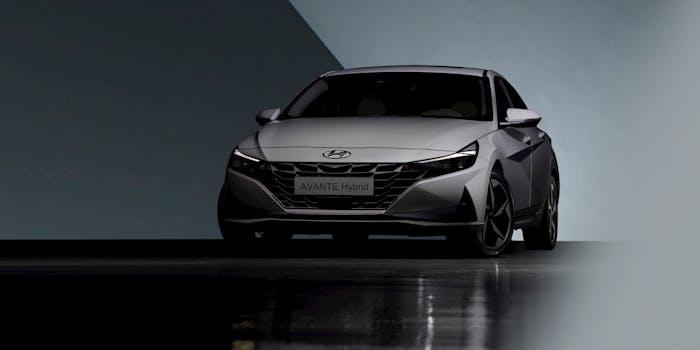Super Large TVs: Innovations in Display Technology for Enhanced Viewing
If you thought your 55-inch TV was big, think again. With the ongoing advancements in display technology, televisions are now reaching sizes that were once unimaginable. Enter super large TVs, where bigger is definitely better. These cutting-edge devices offer a whole new level of viewing experience, bringing the cinema right into your living room. Let’s delve into the world of super large TVs and explore the innovations in display technology that are revolutionizing the way we watch our favorite shows and movies.
Going beyond 100 inches: The rise of super large TVs
From 30 inches to 100 inches and beyond, television screens have come a long way in terms of size. While the average TV size hovers around the 50 to 60 inches mark, the demand for larger screens has been steadily increasing. This paved the way for super large TVs, which typically range from 75 inches to a whopping 120 inches in size.
The popularity of super large TVs can be attributed to the fact that they offer a more immersive and cinematic viewing experience. After all, who wouldn’t want to feel like they’re a part of the action in their favorite blockbuster movie? With super-sized screens, you can make that dream a reality.
The evolution of display technology for super large TVs
LED and OLED: The pioneers of super large TVs
LED and OLED are two of the most widely used display technologies in today’s super large TVs. LED, which stands for Light Emitting Diode, uses an array of tiny light bulbs to create the images on the screen. On the other hand, OLED, or Organic Light Emitting Diode, uses organic compounds to produce light. Both of these technologies have paved the way for the production of super large TVs, as they can maintain high-quality image resolution at larger screen sizes.
However, one of the limitations of LED and OLED is their inability to produce true black colors. This is where another display technology comes into play.
QLED: The solution for true black colors
QLED, or Quantum dot Light Emitting Diode, is the latest display technology that is making waves in the world of super large TVs. It uses tiny dots called quantum dots to produce an exceptionally wide range of colors, including true blacks. This technology has been a game-changer for super large TVs, as it eliminates the issue of black levels that were once a challenge for LED and OLED.
In addition to true black colors, QLED also offers a higher peak brightness and better contrast ratio, which results in a more vibrant and lifelike picture quality. It also has a longer lifespan compared to LED and OLED, making it a more durable option for super large TVs.
Other innovations in display technology for super large TVs
Micro LED: The future of super large TVs
While QLED is currently leading the way in display technology for super large TVs, Micro LED is set to be the next big thing. This technology uses tiny, individual LEDs that are self-emissive, meaning each pixel can produce its own light. This results in an even higher accuracy of color and contrast, making the viewing experience even more realistic.
In addition to superior image quality, Micro LED also offers other benefits such as energy efficiency, longer lifespan, and a modular design that allows for flexibility in screen size and shape. This opens up a whole new world of possibilities for super large TVs, making them even more versatile and customizable.
In conclusion
The innovations in display technology have certainly taken super large TVs to a whole new level. From LED and OLED to QLED and Micro LED, these advancements have enabled the production of larger and more immersive screens for a truly remarkable viewing experience. With the constant evolution of display technology, we can only imagine what the future holds for super large TVs. One thing is for sure, bigger and better displays await.









